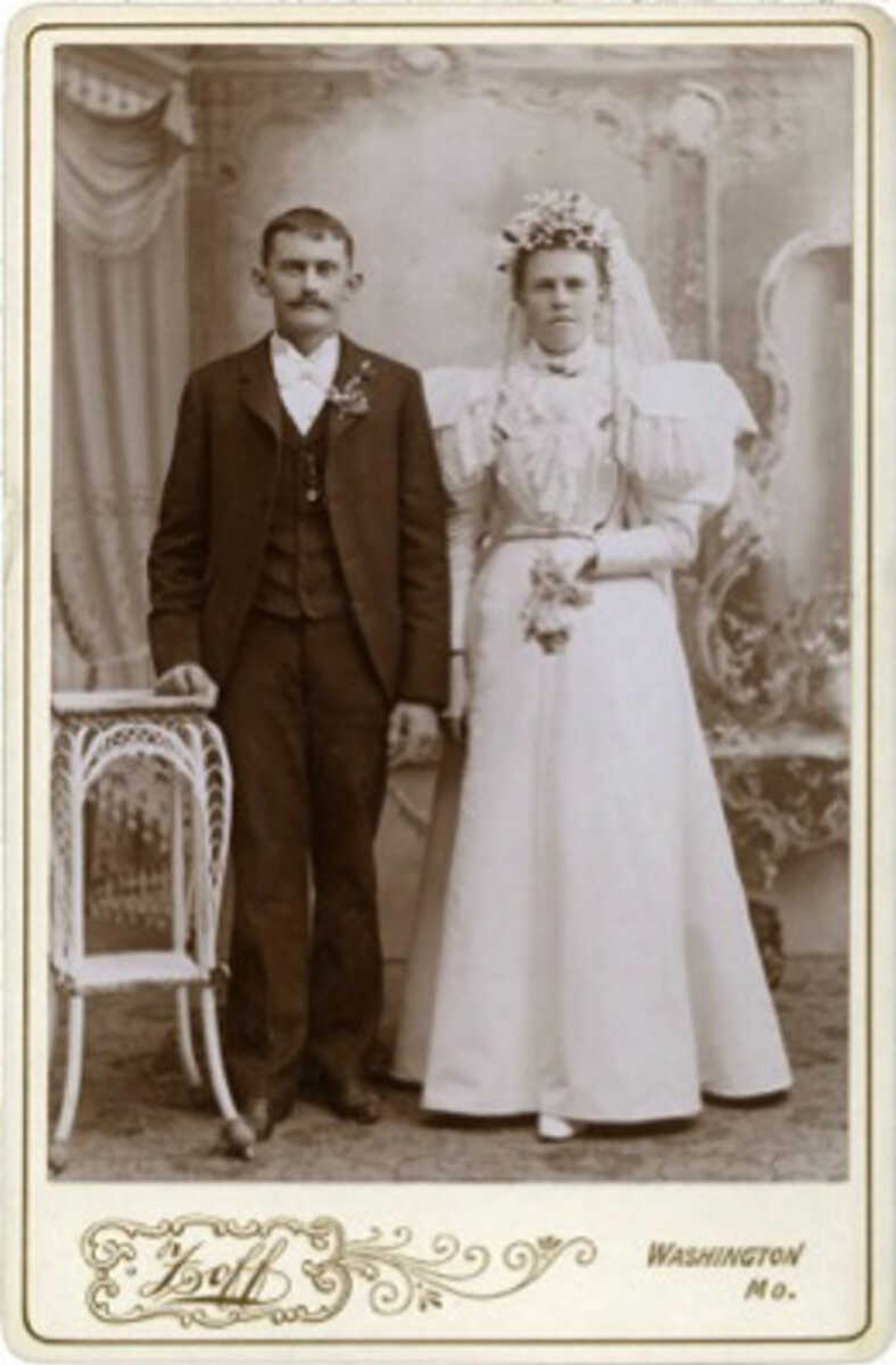Just the facts -- vital records
The essential "facts" about our ancestors are their dates of birth, marriage and death. The collective name for these is "vital records." Vital records are kept under governmental authority and include such documents as birth certificates, marriage licenses (or certificates) and death certificates. Genealogists usually add divorce records to this list...
The essential "facts" about our ancestors are their dates of birth, marriage and death. The collective name for these is "vital records." Vital records are kept under governmental authority and include such documents as birth certificates, marriage licenses (or certificates) and death certificates. Genealogists usually add divorce records to this list.
Vital records are crucial information for family historians, although oftentimes an approximate date or year will suffice. The main reason we need vital records is because they are the "skeleton" on which we can build a family tree and interpret other personal records. Vital records place an ancestor in a time and place, thus assisting with finding other records that document relationships. They often include the identity of parents, giving researchers another generation. Birth and death dates provide a "check" on other information. For example, if a family tree has an ancestor born two years after the mother died, either dates are incorrect or we have the wrong mother.
Oftentimes there are multiple individuals in the same location with the same name, either relatives named after other relatives or un-related individuals. Vital records allow researchers to determine whether there are multiple individuals of the same name and identify them. Vital records lead to additional opportunities for further research. One example is situations where birth records are lacking. Census, court, probate, tax and other records sometimes allow determination of approximate birth dates in these cases. A final reason for finding vital records is that lineage societies such as the Daughters of the American Revolution require either exact or approximate birth, death and marriage dates.
Where do we find vital records? Some record types contain information on multiple vital records. Church records are an excellent example. These often include baptisms (with parents' names), confirmations (which provide an approximate birth year if confirmation for that denomination occurred at a certain age), marriages and deaths. The quality of church records ranges from excellent in the case of Roman Catholic and Lutheran denominations, to non-existent for some congregations of many Protestant denominations. For example, circuit riders or ministers kept early Methodist and Baptist records. Thus, these records may be in journals in archives, with the descendants of the clergyman, or may not have survived. Fortunately, some have found their way to Methodist or Baptist archives.
Newspapers often have birth announcements, wedding announcements and obituaries. Unfortunately, this practice did not become general in newspapers until the early 20th century, and some contemporary newspapers have stopped printing some vital records. Vital record announcements are very rare in pre-Civil War newspapers.
If they exist for your families, Bible records are a great source of vital records. Unfortunately, finding Bible records can be tough. There are several websites and repositories that collect Bible records, but most are still in private hands. Bible records need analysis to determine their reliability. Oftentimes a family purchased a Bible, then filled in the family information for earlier events all at once. Be alert it the handwriting and ink are identical for the entries, and use caution if they are. If they differ, that is an indication recording of the entries occurred at the time of the events.
Diaries often note family or neighborhood events, including vital records. One notable local example is the Archibald L. Hager Diary from Perry County. Hager kept a diary from 1844 until 1887 and recorded many births, marriages and deaths.
Individual subscriptions supported publication of local histories from the late 1800s or early 1900s. Typically, subscribers placed biographies in a section of the book. Because of the photos accompanying these histories and biographies, a popular name for these books is "mug books." These biographies include birth, marriage and death dates, but you should verify them against other records. Local examples include the "Goodspeed's History of Southeast Missouri," "History of Southeast Missouri" by Robert Sidney Douglass and Louis Houck's "History of Missouri."
Less frequently, genealogists look for vital records in passports, school records or yearbooks, military records such as draft registrations or pension application files, online compilations of obituaries or compilations on subscription websites such as Ancestry, FamilySearch, MyHeritage or FindMyPast. Another major source of vital records is cemetery records, which I will discuss in the next column.
Connect with the Southeast Missourian Newsroom:
For corrections to this story or other insights for the editor, click here. To submit a letter to the editor, click here. To learn about the Southeast Missourian’s AI Policy, click here.











